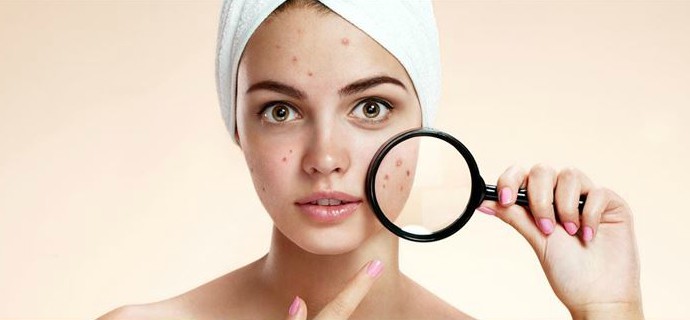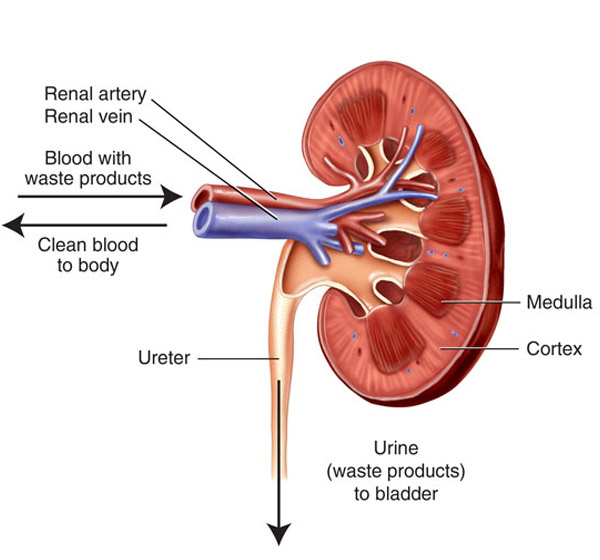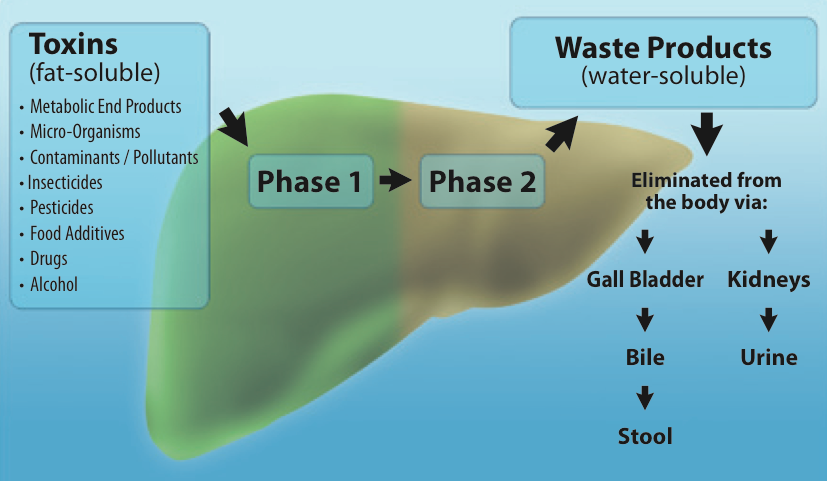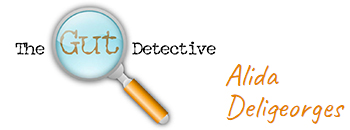What Is Really Going On?
The skin is our body’s largest elimination organ. The body often uses the skin to get rid of bad bacteria and toxins – especially when our gut and immune system are in poor health. The next time you’re dealing with skin eruptions, you’ll want to remember that true beauty starts from within.

So what other organs are involved in elimination?

Your skin is a vital part of the cleansing, elimination, and detoxification process and is often referred to as the “third kidney”. For the kidneys to effectively clear toxins and waste from the body, urine needs to be neutral to slightly alkaline – a urinary pH below 6.0 results in a build up of circulating toxins. An increase in inflammation due to poor gut health lowers blood pH and puts added stress on the kidneys, predisposing a patient to toxin build-up and skin disorders.
Skin problems are also a sign of liver dysfunction. If the liver is not supported in its detoxification process (due to dietary and environmental culprits), toxins must then be eliminated from the body by other means – in many cases they come out through the skin.

The lung is an organ closely related to the elimination of toxins from the body and the lungs also have a direct impact on the skin. The skin is considered the “third lung” since it “inhales” and “exhales” chemicals and toxins into and out of the bloodstream.

The lungs receive fluids from the spleen and spread them to the skin, all over the entire body. This gives the skin nourishment and moisture.
If the lungs are strong and healthy, the skin will have lustre and sweating will be normal. When the body is poisoned and the lungs are weak and deprived of nourishment, the body begins to accumulate debris and unnecessary chemical substances under the skin. This creates symptoms like dry, cracking and/or flaking skin, dandruff, enlarged pores, blackheads, dermatitis, acne, fungus, as well smelly feet and armpits.
